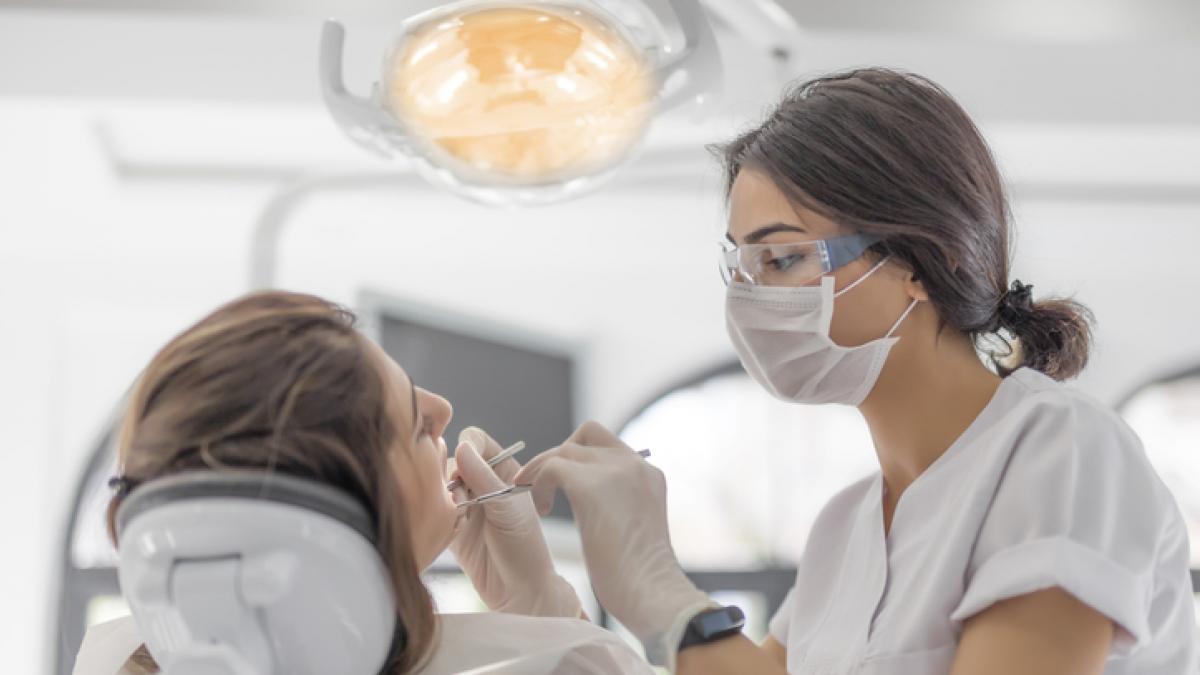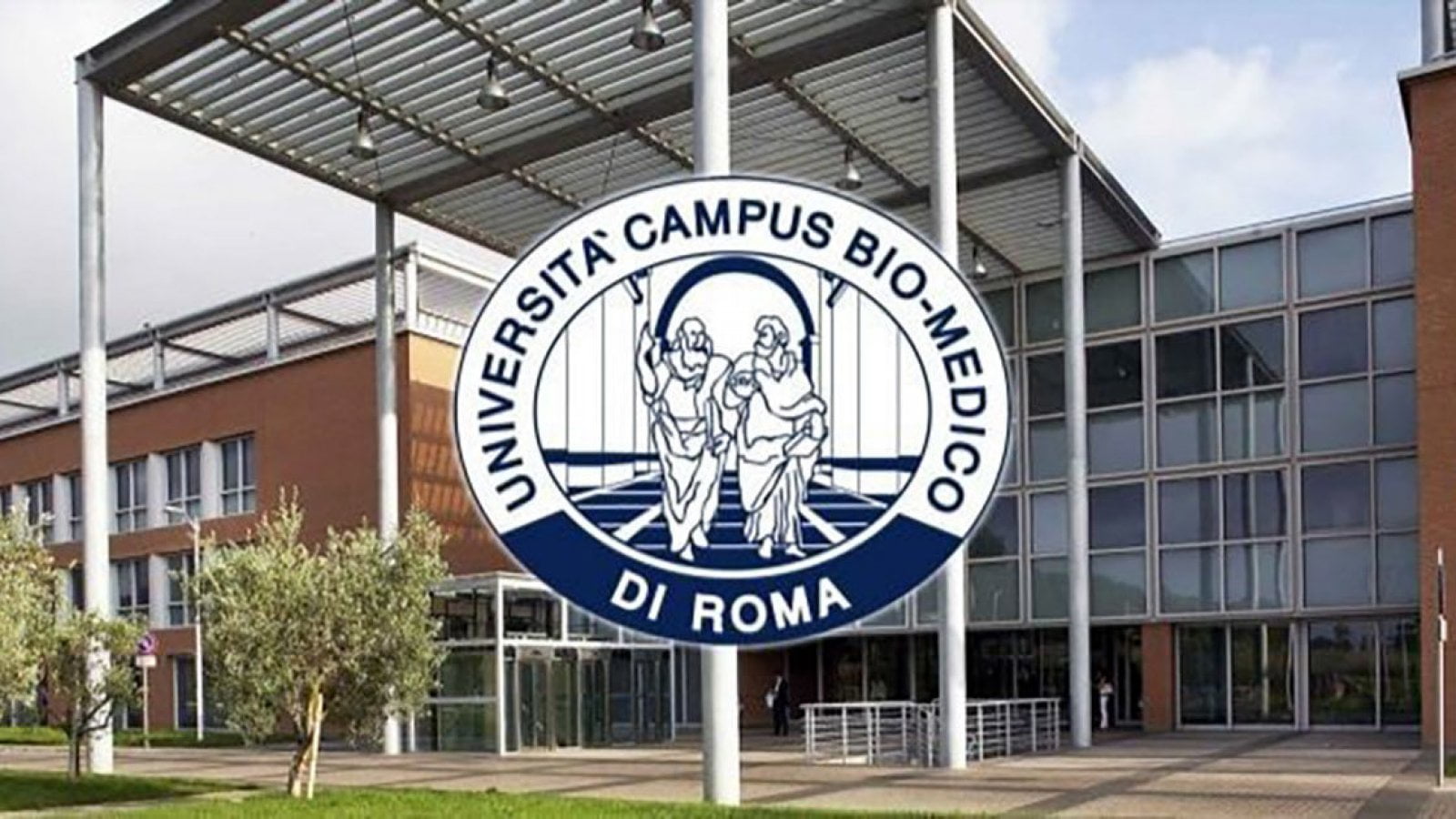The Future of Dental Fillings: A Radical Shift to Protect Health and the Environment
Dental fillings, a common procedure used to restore damaged teeth, are poised for a significant transformation in the European Union. The traditional amalgam fillings, composed of silver, zinc, tin, copper, and mercury, have raised concerns due to their environmental impact and potential health risks.
The Silver Amalgam Dilemma
Amalgam fillings have been widely used for decades due to their durability and low cost. However, environmental concerns have arisen as amalgam releases mercury into the environment during disposal and through the patient’s saliva.
Moreover, studies have suggested that mercury released from amalgam fillings can accumulate in the body over time, potentially posing health risks. While the full extent of these risks is still under debate, the European Union has decided to take precautionary measures.
EU’s Ban on Mercury Amalgam Fillings
In July 2018, the EU prohibited the use of amalgam fillings in children under 15 and pregnant women. Now, the EU is set to take a bolder step by completely banning amalgam fillings containing mercury by January 1, 2025.
Virginijus Sinkevicius, the EU Commissioner for the Environment, explained the rationale behind the ban: “We cannot tolerate the potential health risks when other solutions are available.” This decision reflects the EU’s commitment to protecting public health and reducing environmental pollution.
Health Risks Associated with Mercury Amalgam Fillings
Scientific research has linked exposure to mercury from amalgam fillings to potential health concerns, including:
- Impaired brain function, particularly in children
- Kidney damage
- Cardiovascular problems
- Immune system dysfunction
The release of mercury from amalgam fillings is triggered by various factors, such as temperature changes, bruxism (teeth grinding), and the presence of acidic foods. Over time, these factors can contribute to the accumulation of mercury in the body.
Alternative Filling Materials
With the upcoming ban on amalgam fillings, dentists will need to explore alternative filling materials that offer both durability and safety. Several options are available, including:
- Composite resins: These tooth-colored fillings are made of a combination of plastic and glass particles.
- Glass ionomer cement: This material releases fluoride ions, which strengthen teeth and prevent decay.
- Ceramic fillings: These fillings are made of a type of ceramic called zirconia, which is highly durable and aesthetically pleasing.
Benefits of Mercury-Free Fillings
Switching to mercury-free fillings offers numerous benefits, including:
- Reduced exposure to mercury and its potential health risks
- Improved environmental protection by eliminating mercury pollution
- Greater aesthetic appeal, with tooth-colored fillings blending seamlessly with natural teeth
Conclusion
The impending ban on mercury amalgam fillings in the European Union marks a significant shift in dental practices. This decision prioritizes public health and environmental protection, while paving the way for safer and more sustainable filling materials. As dentistry evolves, patients can rest assured that their dental care will align with the latest scientific knowledge and the highest standards of safety.


